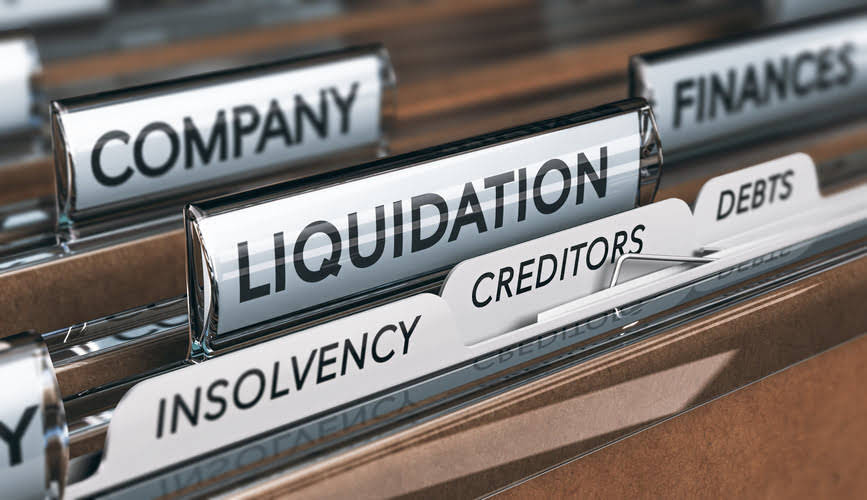Everything You Need to Know About Asset Depreciation
Content

Straight-line depreciation is the most common method for depreciating property for book purposes. With the straight-line method, you take the total cost of the asset and divide it by its useful life. The result is the amount you’ll book with a depreciation expense journal entry each year until you’ve written off the asset’s full cost.
- That helps in making a business decision, such as either to keep it or discard it.
- When you compute depreciation expense for all five years, the total equals the $27,000 depreciable base.
- Good business records also help you to run your business well and manage your cash flow.
- One fixed asset that is exempt from depreciation is the value of land, which appreciates (increases) over time.
On the other hand, expenses to maintain the property are only deductible while the property is being rented out – or actively being advertised for rent. This includes things like routine cleaning and maintenance expenses and repairs that keep the property in usable condition. If you want to record the first year of depreciation on the bouncy castle using the straight-line depreciation method, here’s how you’d record that as a journal entry. To help you get a sense of the depreciation rates for each method, and how they compare, let’s use the bouncy castle and create a 10-year depreciation schedule. For example, say you pay £1,507 for a computer you expect to use for five years. Using straight-line depreciation, you would record depreciation expense of £301 per year (£1,507/ 5 years).
The Difference Between Tax Deductible Expenses and Depreciating Expenses
Meanwhile, amortization is recorded to allocate costs over a specific period of time. Both methods appear very similar but are philosophically different. If related to the production process, it may appear within the cost of goods sold. If unrelated to production, then depreciation expense appears within the selling, general and administrative section of the income statement.
The higher the depreciation cost, the smaller the taxable amount will be. Therefore, depreciation tracking is very important for asset management and calculating the exact value of each asset. At Asset Infinity https://www.bookstime.com/articles/prepaid-insurance-journal-entry Store, we understand the importance of effective asset management for businesses of all sizes. That’s why we offer a wide range of hardware solutions to help streamline your asset management process.
Declining Balance
Learn how to implement a barcode system for inventory with our step-by-step guide. Increase accuracy & efficiency in your inventory management process today. Efficiently track & manage your assets by mastering the check-in and check-out system. Learn how to simplify record-keeping & ensure resource availability. With this system you can check status of each status of each purchase requisition. Transfer assets or inventory against requests if available in stock.
In addition, there are differences in the methods allowed, components of the calculations, and how they are presented on financial statements. The type of depreciation that most closely links the creation of revenue to asset usage is the depletion method, which charges natural resources to expense as they are extracted. However, this option is not available for most types of fixed assets. The IRS stipulates that businesses must spread fixed asset costs out over time.
Assets to depreciate
Deducting large expenses over the course of an asset’s life can be beneficial to a small business. Depreciating items helps you determine how to calculate business net worth. Depreciation also prepares you for future spending by deducting items for several years. Depreciating fixed assets depreciable assets ensures your financial statements present a more accurate picture of your company’s costs and results of operations. For example, say you want to purchase an expensive piece of equipment for your business that will help you generate additional revenues over the next seven years.
When should a business depreciate an asset?
There are no "hard and fast" rules on exactly how quickly you must depreciate your tangible assets. Your accountant can provide you with some guidance, but a useful rule of thumb is: Plant and machinery — expense around 15% – 20% of the overall value a year, with a full write-off over 5 to 7 years.






Deja un comentario